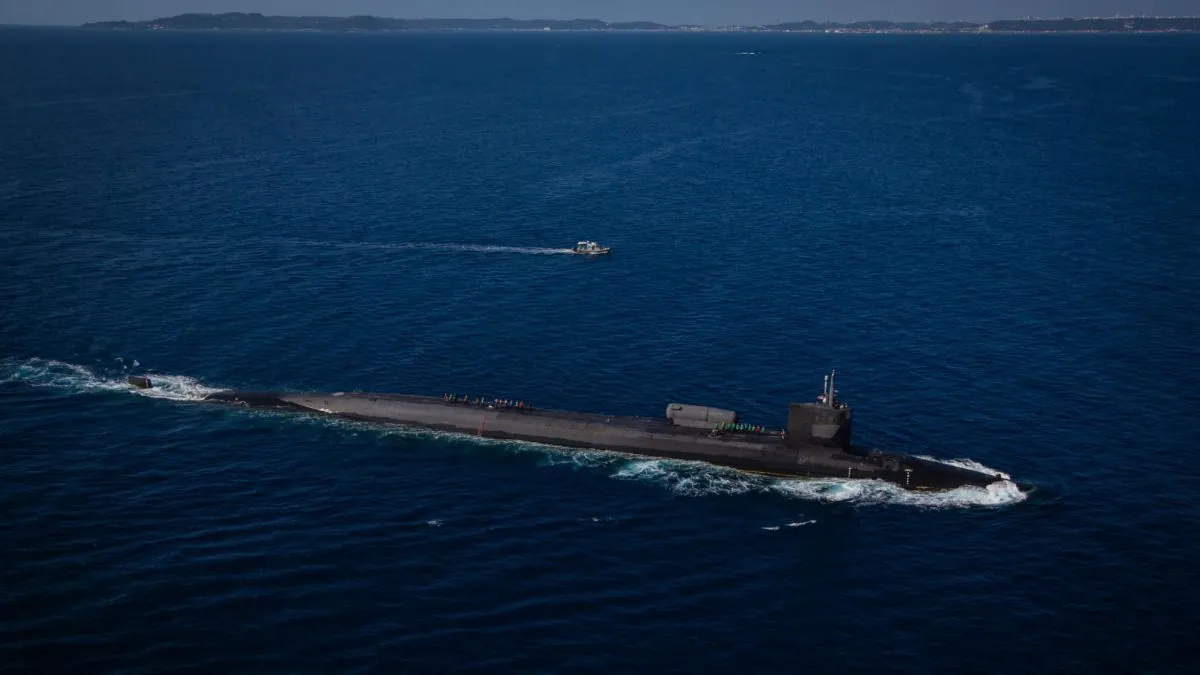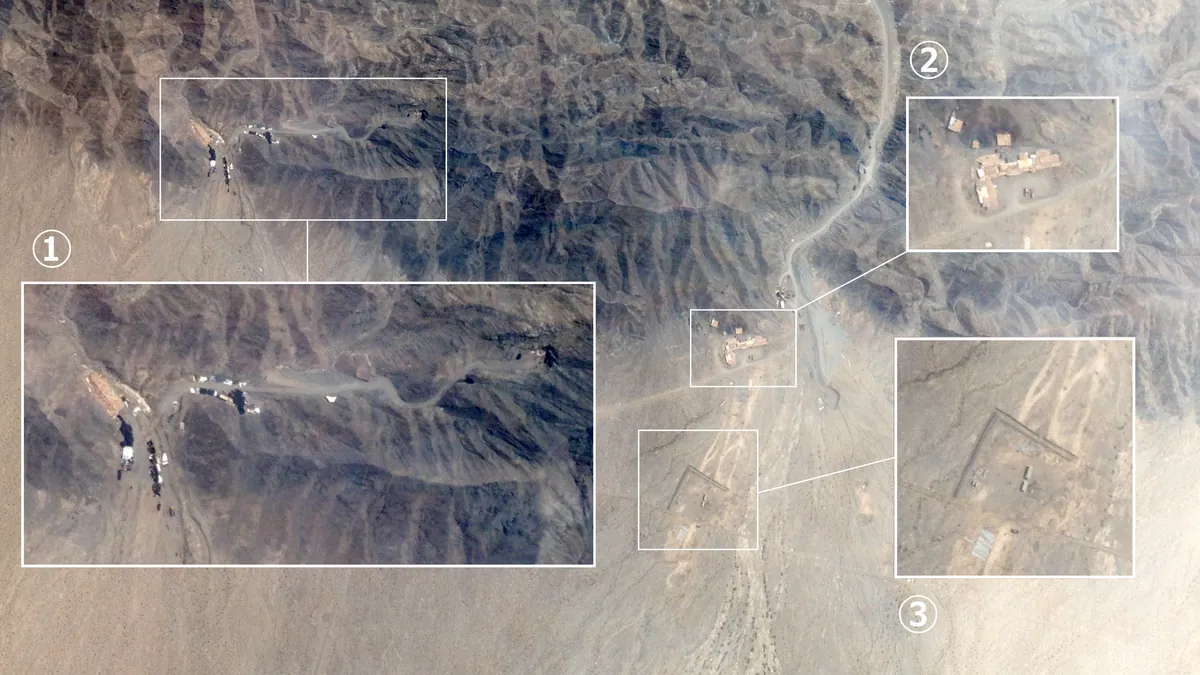US Unveils New Nuclear Strategy Amid Growing Global Threats
The US has approved a new nuclear strategy to counter rising threats from China, Russia, and North Korea. The plan aims to modernize US nuclear forces and enhance deterrence capabilities.

In a significant development, the United States has recently unveiled its new nuclear strategy aimed at addressing the growing nuclear threats from China, Russia, and North Korea. President Joe Biden approved the Nuclear Employment Guidance in March 2024, marking a crucial step in the nation's approach to nuclear deterrence.
The strategy, set to be declassified to Congress before Biden leaves office in January 2025, outlines measures to counter potential coordinated nuclear strikes from adversaries. This move comes as China's nuclear arsenal has seen substantial growth, with projections indicating it could reach 1,000 warheads by 2030, doubling its current estimated count of 500.
"Our new nuclear strategy is a response to the evolving global nuclear landscape and aims to ensure America's security in an increasingly complex world."
The US has attempted to engage China in nuclear talks, with the first informal discussions held in June 2024. However, these efforts were suspended in mid-July due to tensions over US arms exports to Taiwan. This diplomatic setback highlights the challenges in managing nuclear proliferation through negotiations alone.

Concerns also extend to North Korea's nuclear program, which has reportedly benefited from Russian assistance in satellite technology. The US Treasury Department has responded by imposing sanctions on entities allegedly supporting North Korea's weapons programs, but critics argue these measures lack significant deterrence value.
The US approach to the Russian nuclear threat has been more proactive, particularly in the context of the Ukraine conflict. By supporting Ukraine with advanced military equipment, the US has effectively challenged Russian nuclear posturing. However, Russia's space militarization efforts, including the launch of potential counter-space weapons, present a new dimension to the nuclear threat landscape.
To address these challenges, the US is accelerating the modernization of its nuclear forces. This includes upgrading nuclear warheads, ICBM launchers, and submarines. The strategy emphasizes the importance of maintaining a strong nuclear triad, a concept that has been central to US nuclear deterrence since the Cold War era.
The new strategy also recognizes the interconnected nature of global nuclear threats. Supporting Ukraine's resistance against Russian aggression is seen as a crucial element in deterring other nuclear-armed adversaries. The US is also expanding its nuclear deterrence umbrella in the Indo-Pacific region, as evidenced by the decision to periodically station nuclear-armed submarines off South Korea's coast in April 2023.
As the global nuclear landscape continues to evolve, the US faces the challenge of restoring confidence in its deterrence capabilities. The new Nuclear Employment Guidance represents a step towards addressing this complex and critical issue, aiming to ensure global stability in an era of increasing nuclear threats.


































